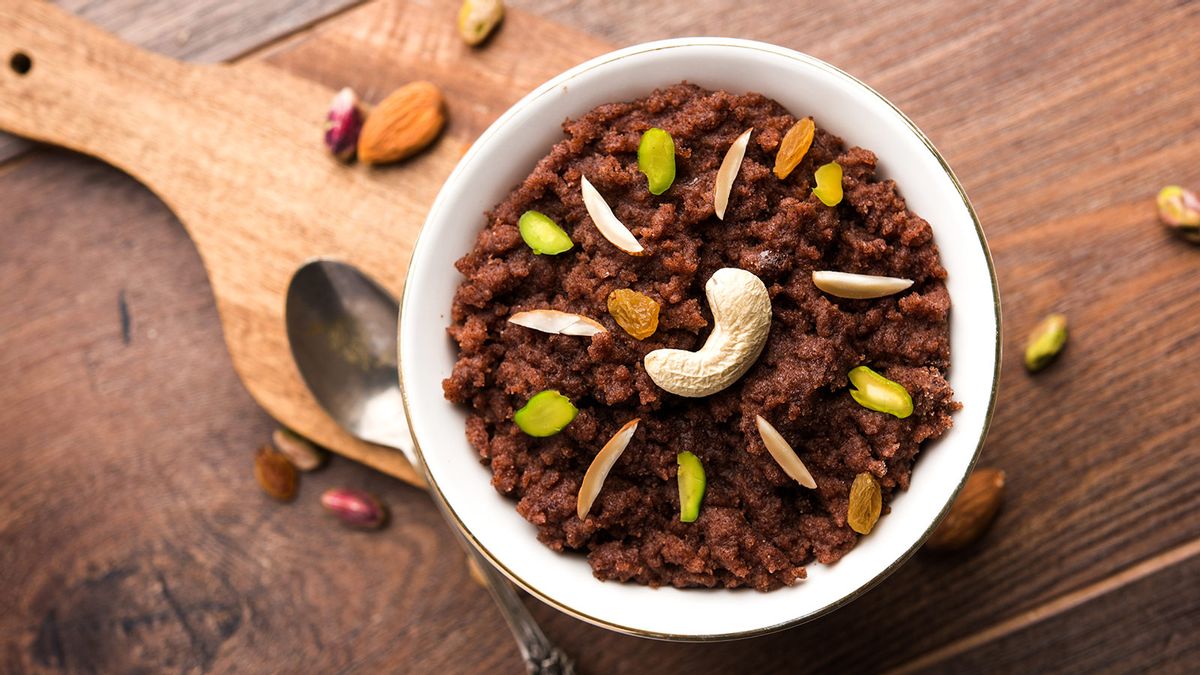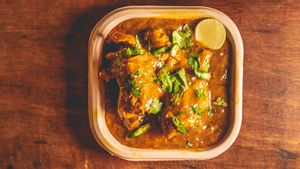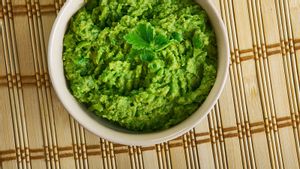Think Mughal cuisine and you think kebabs, biryani and korma. These dishes created or inspired by the khansamas of the Mughal kitchens have survived the centuries, travelled places, acquired new-fangled avatars and continue to be some of the most popular foods today.
The beauty of Mughal cuisine lies in its versatility. The food is richly woven into history. Unravelling the stories behind some of the Mughal-era dishes is like stepping into a time capsule. Queens who joined the order brought ingredients and techniques from their kitchens as far as Persia and Central Asia and far-flung regions of the Indian subcontinent.
“The Mughal kitchens used plenty of saffron, nuts and dry fruits. And so you had Mutanjan, a sweet-rice studded with strands of saffron and nuts. A fragrant dish that is still prepared by Khansamas like Kallan Biryani of Old Delhi. Spices like pepper and other Indian masalas were introduced only much later,” says Osama Jalali, food writer and consultant, who has revived some of the lost flavours of the Mughal kitchens, including the lost recipe of a rich, sweet halwa cooked from lamb.
Going back in time with the Mughal thali
We’re at GT Road-A 2600 Km Journey. The restaurant recreates the cuisine of the Grand Trunk Road that runs from Kabul, Afghanistan to Chittagong, Bangladesh. It was built by Sher Shah Suri in the 16th century along a route that is believed to have once been laid down by the Mauryan empire. The menu at GT Road is like eating a history book.
The stories tumble as the Mughal thali is laid out before us. Of peppery Chicken Stew brought in by travellers, and lightly-spiced Aloo Gosht, soft and meaty Shammi Kebabs and aromatic Mutton Korma to go with Yakhni Pulao cooked with yoghurt and whole spices—an influence from Kashmir. The vegetarian dishes include a simple lentil preparation of Arhar Dal, Saag Kofte and Arbi Ka Salan, redolent with flavours of whole and pounded spices. Vegetables and leafy greens are often cooked with meat—both chicken and mutton—though the latter dominates the platter.
A dessert made of meat?
It’s time for dessert and knowing how much the Mughals loved their mithai, we’re prepared to be wowed. The translucent, melt-in-mouth, ghee-like dessert in the brass bowls Jalali holds up for us leaves us comforted, but confused. “This is lamb!? Not milk?” we say, unable to link the flavour to the ingredient. What tastes like a rich Indian dessert made with thickened milk and sugar is actually Goshta ka Halwa—an ancient recipe that was lost and forgotten.
Jalali found references to the halwa, cooked with pounded tender lamb, milk and sugar, in old Persian books. A few senior khansamas of Old Delhi recalled having tasted it in their youth, but a generation had passed since anyone had attempted cooking it. “We recreated the recipe based on old memories of taste, and the literature available in some of the ancient Persian texts,” says Jalali. The meat is cooked for hours, churning as the milk and sugar condense into a thick halwa.
It’s a story we will tell our friends—like they did back when stories of taste travelled on foot and by word of mouth. Of course, our story on Instagram has crossed borders within minutes!





